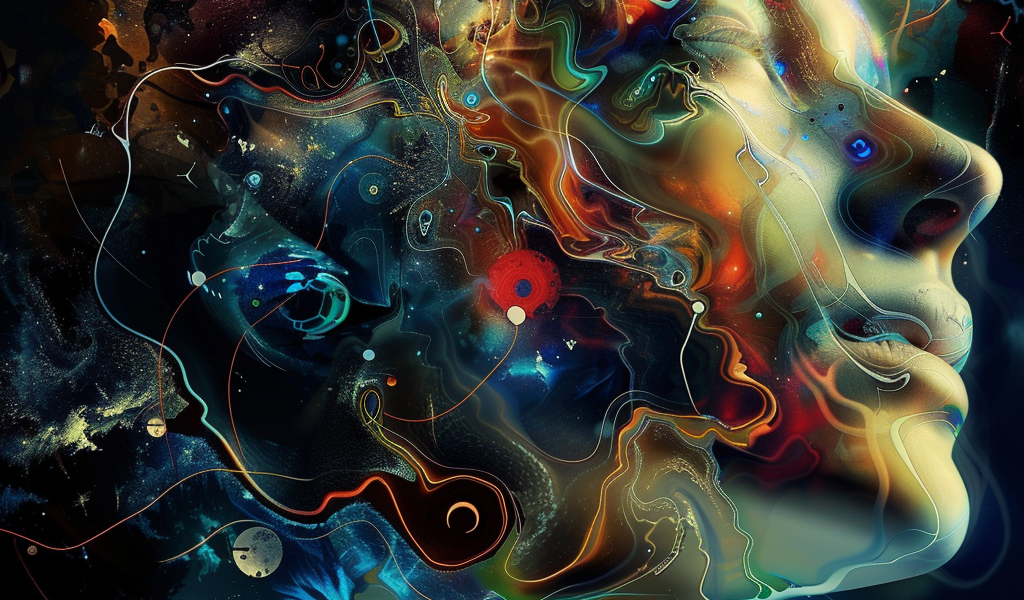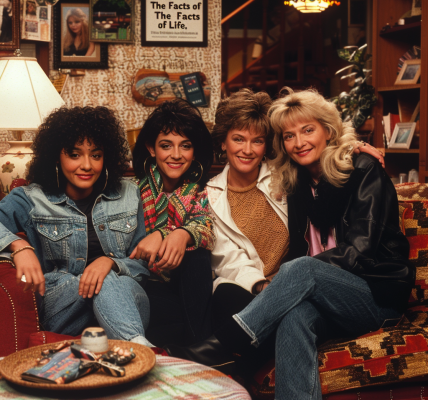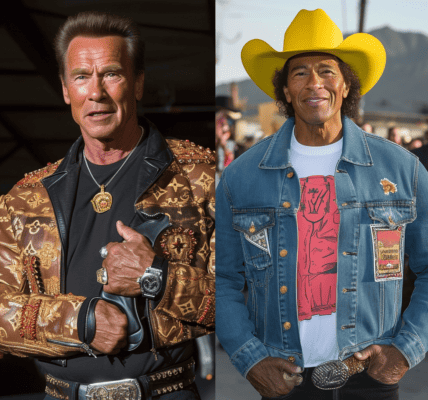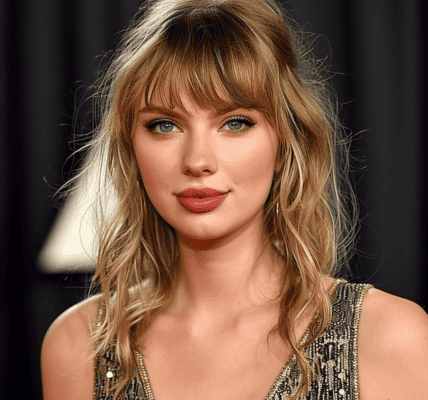Washed Out’s latest music video, ‘The Hardest Part,’ has stirred up a storm of controversy after being revealed as the world’s first music video created entirely using OpenAI’s video-generation tool, Sora. The collaboration between Washed Out frontman Ernest Greene and filmmaker Paul Trillo has sparked a heated debate about the role of AI in art.
Greene, intrigued by the possibilities of the new technology, saw the video as a way to push boundaries and explore innovative creative avenues. However, the reception was far from what he expected. Critics slammed the video as ‘blatantly artless’ and ‘digital diarrhea,’ with many expressing disdain for AI-generated art in general.
The backlash against AI-generated art is not new, with a growing number of voices decrying the lack of originality and authenticity in works created using artificial intelligence. The controversy surrounding ‘The Hardest Part’ echoes similar sentiments expressed towards other AI-generated music tools like Suno and Udio.
Director Paul Trillo, who had early access to Sora for previous projects, acknowledges the concerns raised by critics. He believes that transparency in the creation of AI models is essential and that the technology should be used to explore new visual possibilities rather than mimic existing human creativity.
One common criticism leveled against AI art is its perceived reliance on training data, leading to accusations of plagiarism. However, Greene and Trillo reject this argument, emphasizing the unique creative process involved in utilizing AI tools like Sora.
As the debate over AI-generated art continues to unfold, the controversy surrounding ‘The Hardest Part’ serves as a stark reminder of the complex relationship between technology and creativity in the modern artistic landscape.





